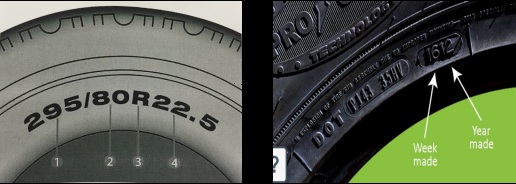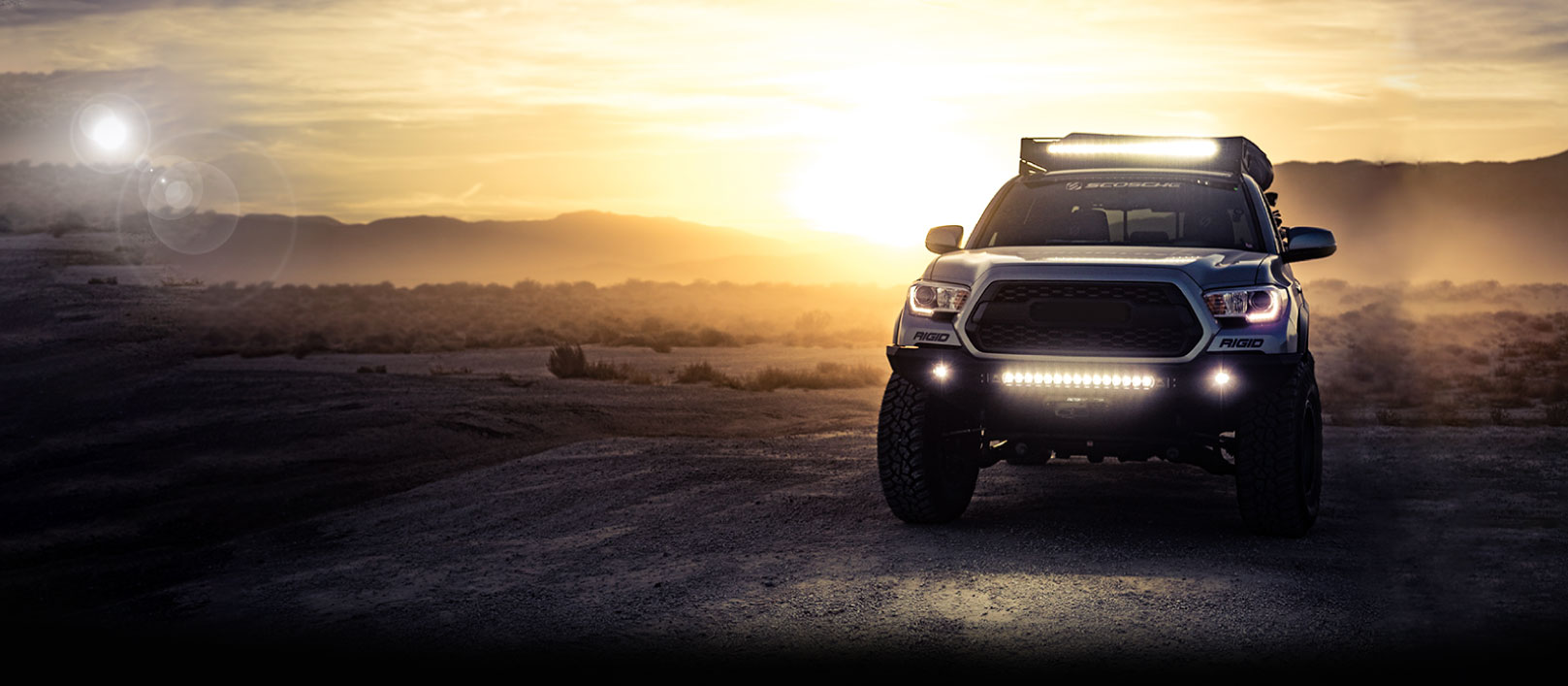Tyre Knowledge
Damage of tyre


Overloading
.jpg)
.jpg)
Road Hazard, Curbing or Impact Damage
.jpg)
.jpg)
Brake Jam
.jpg)
.jpg)
Tread Chunking / Chipping


Misalignment & out of balance or Loose wheel bearing or king Pins


Retread Failure


Tyre size & date on markings on commercial tyres

1. The section width of the tyre(295mm)
2. The ratio of the tyre’s height. (295x80%=236mm)
3. The types of tyre construction –’R’ for radial.
4. The wheel rim diameter in inches.

1. The section width of the tyre(295mm)
2. The ratio of the tyre’s height. (295x80%=236mm)
3. The types of tyre construction –’R’ for radial.
4. The wheel rim diameter in inches.
Load And Speed Markings On Commercial Tyres
Truck tyre maximum load by load index key


Commercial vehicle tyre Speed Ratings


When should I change the tyre?
1. All tyres have tread depth bars which shows across the tyre when the tread is getting to minimum legal depth.
2. Tire threat should not less than 3mm on the steer and on trailers.
.jpg)
2. Tire threat should not less than 3mm on the steer and on trailers.
.jpg)
How to take care your tyres?
1.Check The Air Pressure—Driving with incorrect tire pressures can affect a vehicle’s handling and braking, particularly in wet conditions, and can seriously compromise your safety.
2. Respect The Load Capacity– Do not exceed the load capacity relative to the tire’s load index. Tires loaded beyond their maximum loads can build up excessive heat that may result in sudden tire destruction.
3. Driving At High Speed Can Damage Your Tire– At greater speeds, tires have greater a change of being damaged by road hazards or heat build-up. High speeds can also contribute to a rapid air loss or even a sudden tire explosion, which can cause the loss of control of the vehicle.
2. Respect The Load Capacity– Do not exceed the load capacity relative to the tire’s load index. Tires loaded beyond their maximum loads can build up excessive heat that may result in sudden tire destruction.
3. Driving At High Speed Can Damage Your Tire– At greater speeds, tires have greater a change of being damaged by road hazards or heat build-up. High speeds can also contribute to a rapid air loss or even a sudden tire explosion, which can cause the loss of control of the vehicle.
.jpg)
.jpg)
What Is Retread ?
RETREADING IS RECYCLING
- Retreading is the process where selected and inspected worn tyres, called casings, receive a new tread. Only sound and carefully inspected tyre bodies are used in retreading.
- The worn tread is buffed away and a new tread is bonded to the tyre body in a process very similar to the manufacture of new tyres. There are several different process techniques, but the ultimate objective is the same, affixing a new tread through the application of heat, time and pressure.
- Today’s retreads are produced in very modern plants operated by trained specialists. Professional retreaders adhere to the stringent industry standards at every step in the retread process and each retread product can be traced back to the facility that produced it. Only the best worn tyres are used for retread.
Why Retread ??
- It would cost less as compared to producing new tyres (up to 40%-60% lower).
- The aircraft industry (military and commercial) saves 80 million a year.
- It’s completely safe. All commercial airlines, as well as military jet aircrafts, uses retread tyres. Approximately 80% of all aircraft tyres now in service in the US are retreads. In 1993, on the Boeing 727 aircraft alone, 28,000 retreads were used, with an average of 200 take-offs and landings per tread life.
- Retread tyres are proven to be as safe and durable as compared to new tyres. Professional retreaders adhere to stringent industry standards at every step of the retreading process.
- Many truck fleets plan their new tyre purchases with the intention of having worn casings retreaded two or more times as a routine part of their tyres’ budget.




